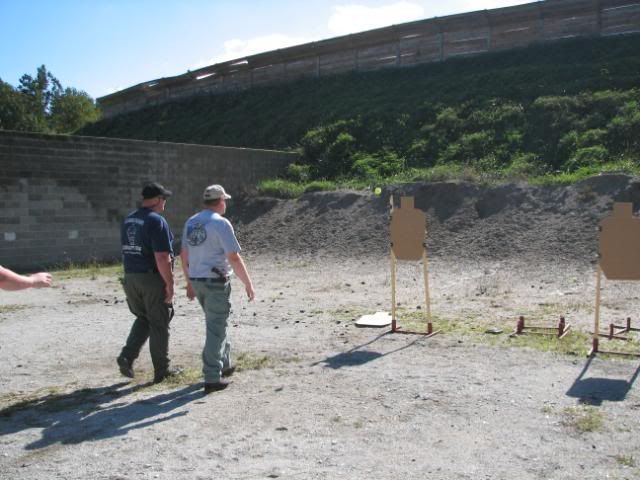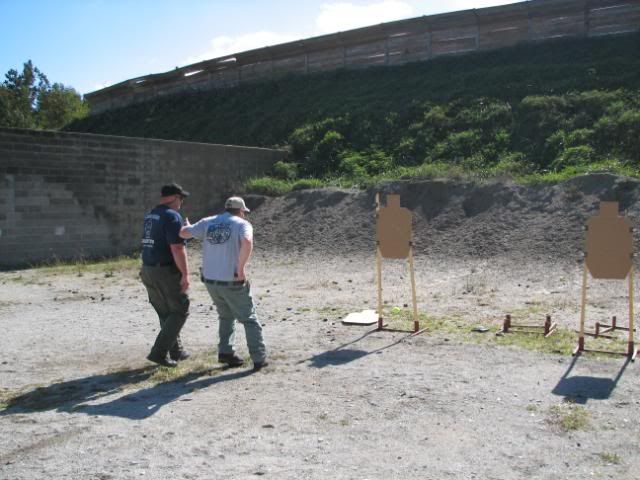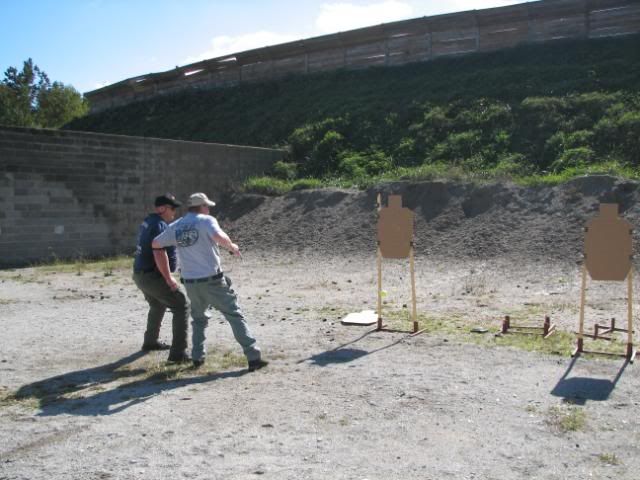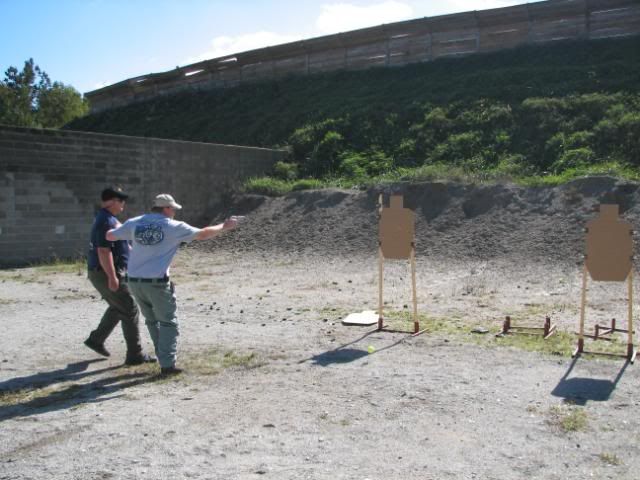
Originally Posted by
ToddG

That's a loaded question, pardon the pun.
I'm not a big fan of jumping from gun to gun. We call it Simon's Inverse Multi-gun Paradox, aka
The SIMP Principle.
I'm neutral on the .22 kit thing, though. My personal experience is that it encourages sloppiness in grip and other recoil management skills. At the same time, it can be incredibly beneficial for working on marksmanship, reset, and gun handling skills. With the price of ammo going through the roof, it's hard to tell people
not to use a .22 kit. I just think you need to stay away from anything related to fast multiple shots. A .22 kit is essentially dry-fire with a bullet hole and slide action.
Another thing I'd recommend for someone going the .22 kit route: start and end every shooting session with your "regular" full power ammo. Put the rimfire practice in the middle. Get to the range and confirm you're doing things right. Before you leave the range, get the feel of full recoil back.
BIG +1 here.
Guys are always asking if the can shoot their conversion kits during our training courses.
My response is yes. But they must run all the drills at least once in the actual caliber of what they are carrying. Otherwise in my opinion they are fair weather training and will fail when the real deal comes on.
Ed Fernley
Pathfinder Operations
Semper Primus!
"I'M THE ONE WHO BARKED AT THUNDER, ROARED AT LIGHTENING, MADE DEATH WONDER."
AND
“Wherever I go, everyone is a little bit safer because I am there.
Wherever I am, anyone in need has a friend.
Whenever I return home, everyone is happy I am there.
It's a better life!”- Robert L. Humphrey “Warriors Creed"
"John has a long mustache."





 Reply With Quote
Reply With Quote







 out of 100, 27 were outside the 8inch circle (IDPA target) with the farthest one being about 2 and half inches out.
out of 100, 27 were outside the 8inch circle (IDPA target) with the farthest one being about 2 and half inches out.





Bookmarks